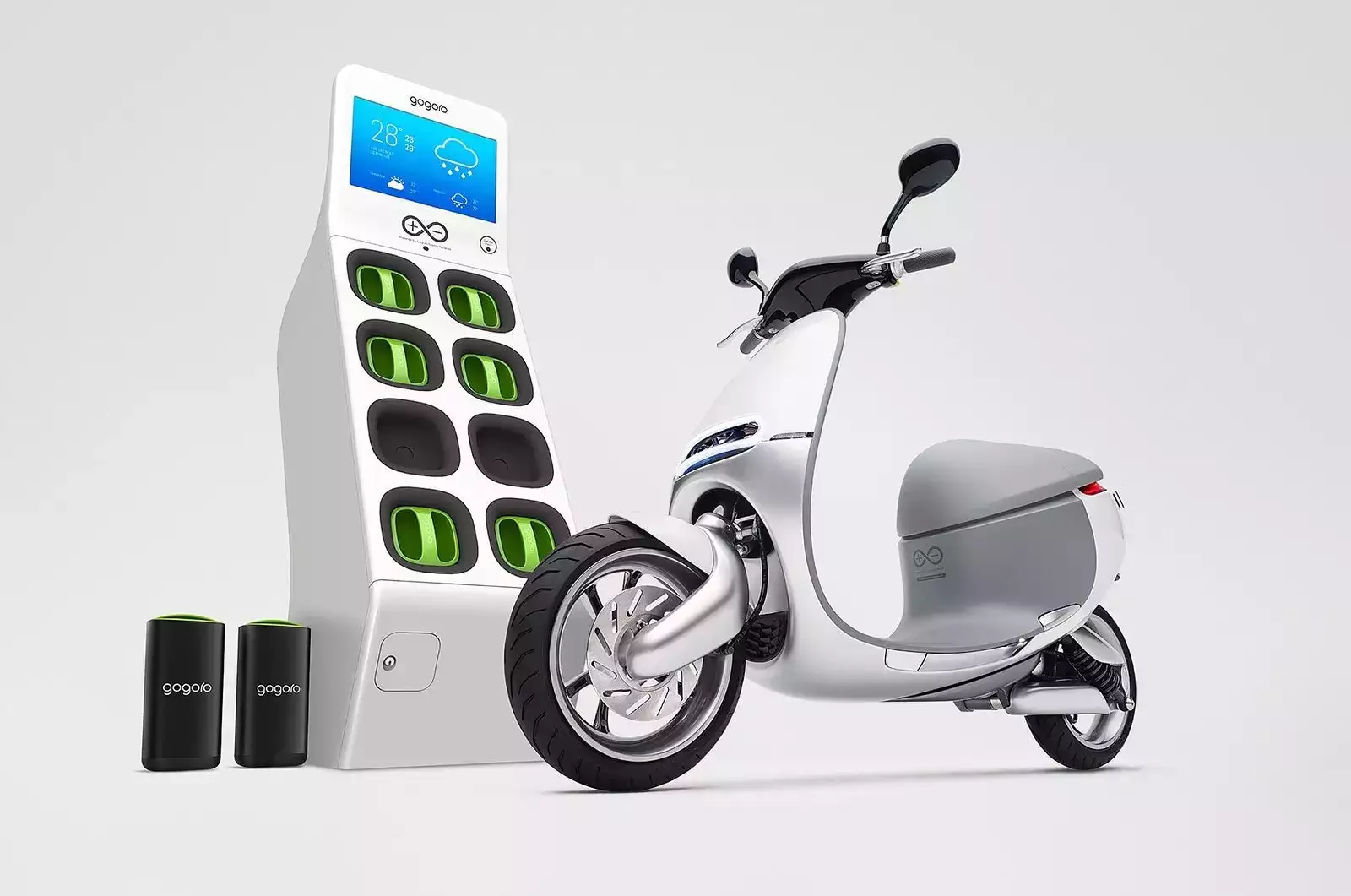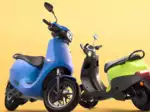India is going electric, with two-wheelers in the front

The share of battery-powered models in India’s two-wheeler market is expected to grow threefold in the next five years, top executives at the country’s leading manufacturers Hero MotoCorp, Honda Motorcycle & Scooter India (HMSI) and TVS Motor Company said, even as demand for electric cars remains subdued.
One out of every five two-wheelers sold in the local market is expected to be electric in this period, driven largely by demand for scooters. Battery-powered models accounted for 6.1% of 2Ws in 2024, when just over a million such vehicles were sold in the country, show data collated by Federation of Automobile Dealers Associations from the Vahan portal of the ministry of road, transport & highways.
Niranjan Gupta, chief executive at two-wheeler market leader Hero MotoCorp — which is gearing up to launch an affordable electric scooter next quarter — expects half of all scooters sold in India to be electric in the mid-term. Yogesh Mathur, director (sales and marketing) at rival HMSI predicted the share of scooters in overall two-wheeler sales to increase to 40% (from 34% in 2024) by 2030.
Given the growth potential, legacy two-wheeler makers from Hero to HMSI and Bajaj are accelerating plans to drive in products and bolstering sales and service networks to take on startups like Ola Electric and Ather Energy. The total share of startups such as Ola, Ather and Greaves Electric (Ampere) in the domestic electric two-wheeler market was about 60% in 2024.
Hero MotoCorp, which hived off its electric vehicle and emerging mobility business into a fully independent entity earlier this month, plans to disproportionally invest resources to expand its footprint in the segment in the coming quarters.
“You will see more action in EV (with the launch of another affordable electric scooter) in the first quarter of the new fiscal,” Gupta said in a recent interaction with ET, adding: “In EV, cost leadership will be key to the long-term winning, and we are well on our way in terms of addressing that.”
The company has set up 3,100 fast charging stations and 500 service points to create a supporting ecosystem for EV customers.
While industry stakeholders need to get the infrastructure right, changing customer mindset would also play an important role in driving up sales the next couple of years, Gupta said. “Given, all of these variable factors, I would say a good forecast would be by 2030, half of the scooters (in the market) to be EVs,” he said.
According to HMSI’s Mathur, the EV market is growing three times faster than the wider two-wheeler market. “So, growth-wise, we are having very high expectation. So, though the net current contribution, out of the total market is around 5-6%, going forward we are expecting that by 2030 it should garner close to around 20% (of sales)…One in five (2W sales) should be happening (in electric) by 2030 with the kind of focus being put up by the government side, as well as the acceptability of the newer technology,” he told ET.
Honda has a capacity to manufacture 100,000 EVs per annum.

